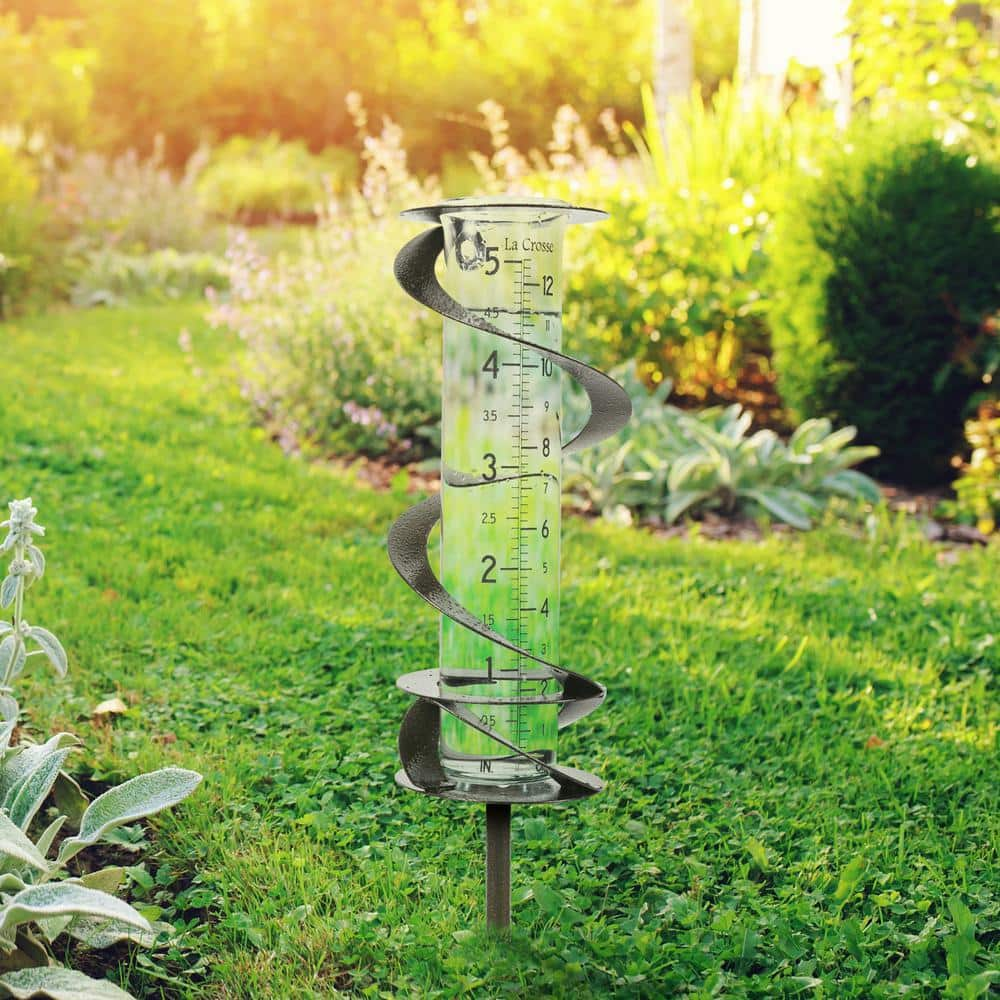The Rain Gauge: A Comprehensive Guide to Accurate Weather Measurement
The Rain Gauge: A Comprehensive Guide to Accurate Weather Measurement
Blog Article
DIY Rainfall Gauge: Straightforward Steps to Make Your Own
Are you interested in tracking rains in your area? Producing your own do it yourself rainfall scale is a easy and reliable way to determine and record precipitation. With simply a few typical products and some basic steps, you can conveniently construct your very own rainfall gauge in your home. In this overview, we will provide you with a detailed procedure to help you create your own rainfall scale. No need for any specialized understanding or devices - this task can be finished by anybody. By adhering to these simple directions, you will certainly have a reputable device to gauge rainfall and add to your understanding of the regional climate patterns. So, let's get going on making your do it yourself rainfall gauge today!
Gather Products
To begin creating your DIY rainfall gauge, collect all the essential materials making use of a detailed list of products. Having the appropriate materials on hand will certainly ensure the successful production of your rain gauge and permit for accurate dimensions of rains. Gathering these materials ahead of time will improve the construction process and make sure that you have everything you need to produce your very own Do it yourself rain gauge.
Prepare the Container

Mark the Measurement Increments
To properly determine the amount of rains, precisely noting the dimension increments on your DIY rainfall gauge is important. Without specific and clear markings, it would be difficult to establish the precise quantity of rainfall collected in your rainfall gauge. Right here are the steps to note the measurement increments on your rainfall gauge.
First, select the system of dimension that you wish to make use of. The most usual systems for gauging rainfall are inches and millimeters. Make use of a permanent pen or water-proof paint to mark the increments on the side of your rainfall gauge when you have actually selected the system. For inches, you can note every quarter inch or every half inch, relying on your preference. For millimeters, you can mark every 10 millimeters or every 20 millimeters.
When noting the increments, it is necessary to guarantee that they are uniformly spaced and plainly noticeable. Make use of a ruler or determining tape to ensure accuracy and uniformity. Additionally, make certain that the markings are immune to fading or rubbing off, as exposure to the aspects may trigger them to wear away in time.
Location the Rainfall Gauge Outdoors
The rain scale need to be placed outdoors to accurately gather rainfall data. The place selected for the rainfall scale should be cost-free and open from any kind of blockages that could potentially impact the dimension of rains. It is necessary to discover a place that is not blocked by trees, buildings, or visit this website various other structures that could block the rain from getting to the scale. This will certainly ensure that the collected data is agent of the actual rains in the location.
Additionally, it is crucial to place the rainfall scale on a steady surface, such as a level ground or a durable post. This will certainly protect against any kind of activity or tilting of the scale, which can bring about inaccurate dimensions. It is additionally a good Source idea to stay clear of positioning the scale near any kind of resources of man-made water, such as lawn sprinklers or drainage systems, as this might interfere with the accuracy of the dimensions.
Screen and Record Rain Information
Routine tracking and recording of rains data is important for exact data evaluation and interpretation. By tracking rainfall dimensions, you can acquire valuable understandings into weather condition patterns, climate patterns, and water source administration. To effectively check and tape-record rains data, it is very important to establish a regular and maintain constant practices.
First of all, ensure that your rainfall scale is positioned in an open location far from challenges such as trees or structures that may obstruct rains. Additionally, make certain the rainfall gauge is degree and firmly anchored to stop any activity that could impact the precision of the measurements.

When tape-recording the rains data, it is essential to note the day and time of each dimension. Utilize a leader or a gauging stick to identify the rainfall depth in the rain gauge, and record this info precisely.
To guarantee the accuracy of the measurements, it is recommended to clear the rainfall scale after each recording. This will certainly protect against any kind of overflow or dissipation from influencing succeeding dimensions.
Conclusion
Finally, creating a DIY rainfall gauge is a easy and useful way to keep an eye on and tape-record rainfall information (The Rain Gauge). By following the actions detailed in this short article, you can easily collect materials, prepare the container, mark the dimension increments, and put the rain scale outdoors. Regularly checking and videotaping rains data can provide beneficial info for numerous purposes
Having the appropriate materials on hand will certainly guarantee the effective creation of your rainfall gauge and enable for exact measurements of rains.To accurately determine the amount of rainfall, properly marking the dimension increments on your DIY rainfall scale is vital.The rainfall gauge must be placed outdoors to properly gather rains data. The place chosen for the rainfall gauge must be free and open from any kind of obstructions that can potentially impact the dimension of rains.In conclusion, producing a DIY rainfall gauge is a basic and practical means to monitor and tape rains information.
Report this page